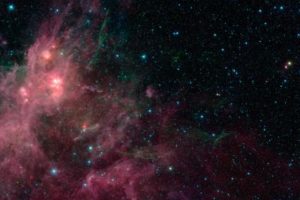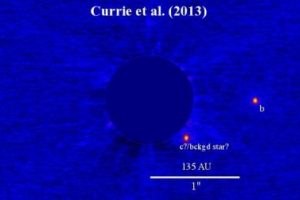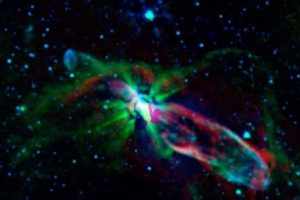spitzer space telescope
It was four all along: More arms in Milky Way than recent studies showed
A 12-year study of large stars has reaffirmed that our Galaxy has four spiral arms, following years of discussion sparked by pictures taken by NASA’s Spitzer area Telescope that solely showed 2 arms.
Carbon-rich planet: A girl’s best friend?
A peculiar gas-giant planet orbiting a sun-like star 1200 light-years away is the first carbon-rich world ever observed.
The implications are big for planetary chemistry, because without much oxygen, common rocks throughout the planet would be…
Giant star goes supernova — and is smothered by its own dust
COLUMBUS, Ohio — A giant star in a faraway galaxy recently ended its life with a dust-shrouded whimper instead of the more typical bang.
Ohio State University researchers suspect that this odd event — the first one of its kind ever viewed …
Space telescope’s new survey of outer galaxy helps Iowa State astronomers study stars
AMES, Iowa — The Spitzer Space Telescope is now taking aim at the outer reaches of the Milky Way and helping two Iowa State University astronomers advance their star studies.
Massimo Marengo, an assistant professor of physics and astronomy,…
Pulverized planet dust might lie around double stars
Tight double-star systems might not be the best places for life to spring up, according to a new study using data from NASA’s Spitzer Space Telescope. The infrared observatory spotted a surprisingly large amount of dust around three mature, close-…
Texas A&M team determines ancient galaxy cluster still producing stars
COLLEGE STATION, Aug. 18, 2010 — Much like quiet, middle-aged baby boomers peacefully residing in some of the world’s largest cities, families of some galaxies also have a hidden wild youth that they only now are revealing for the first time, acco…







